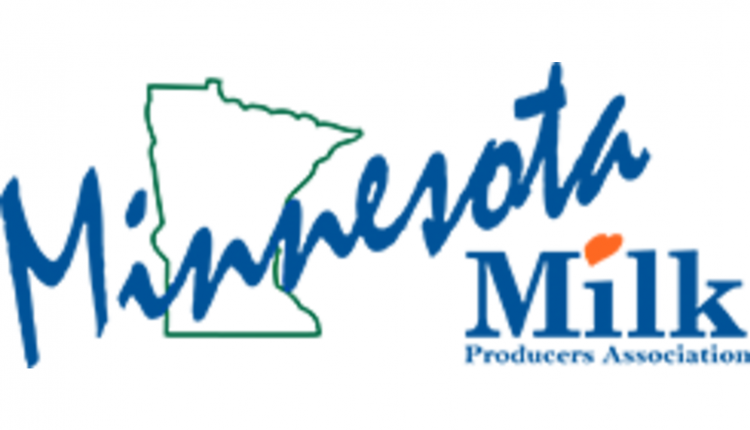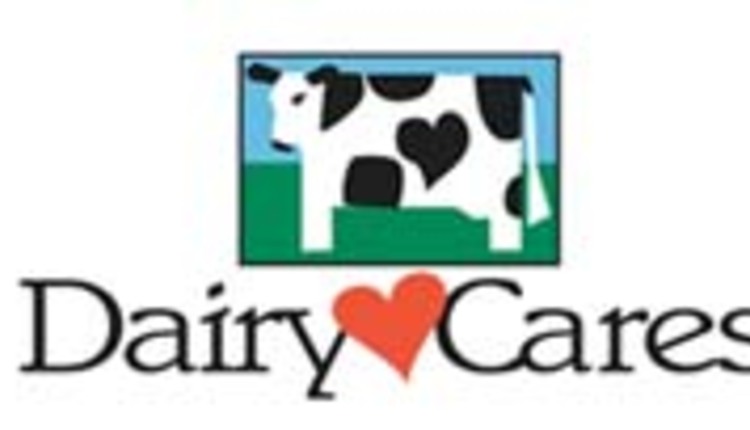
Robert D. Wellington
Normally, these indicators would be the beginning of bad tidings, as was the case last year. However, demand, particularly overseas, remains relatively strong, and concern regarding the drought in New Zealand has kept world prices robust.
Feed prices remain a primary concern of farmers who buy most, if not all, of their grain and forage since even the expected $20-range milk prices will not balance the checkbook for many of those operations. Last year was one of have and have nots as farms with homegrown feed did better when milk prices recovered in the summer and autumn, but those without such feed continued to struggle. This year may very well be a repeat unless near-perfect weather intervenes in drought-stressed areas.
However, there is some bright, longer term news for the industry. A new version of a tried-and-true dairy product appeared in domestic markets about seven years ago and has taken the dairy case by storm. Greek yogurt has quickly replaced a high portion of traditional yogurt sales while also expanding total yogurt category sales. More importantly for dairy farmers, Greek yogurt uses twice as much milk protein pound for pound than traditional yogurts and, therefore, twice as much farm milk is needed to generate the product.
Transferred milk use
Greek yogurt made its first inroads onto supermarket shelves in the Northeast, and local production has surged since then. Even though the Northeast Federal Milk Marketing Order is the second largest in the nation, Greek yogurt has expanded Class II utilization to more than 25 percent. In some months, more producer milk is used in Class II products than Class III cheese.
Some Northeastern producers are concerned that these high-protein yogurts are displacing milk for the local Class I market. They speculate that lower Class I sales are the result, depressing blend prices. This is not the case, however, as Northeast Federal Order provisions have always assured that Class I processors receive first call on producer milk. While Class I sales are declining, the cause lies with accelerating reductions in fluid milk consumption.
Milk flowing to Greek yogurt plants is far more likely to displace milk that would have gone into the Class IV balancing class that includes butter and dry milk powders. A high proportion of the farm milk previously made into nonfat dry milk at Agri-Mark's plant in Massachusetts is being sold as skim milk to Greek yogurt plants. The good news for producers is that the Class II price averages about 70 cents per hundredweight higher than Class IV under all Federal Order pricing provisions. More Northeast yogurt plants are on the way!
Greek yogurt sales have expanded throughout the country, and its production is expanding outside the Northeast as well. The largest yogurt plant in the world was built in Idaho, and a future expansion will be in the works. In addition, other facilities are opening in the Midwest and elsewhere. The anticipated growth in demand for Idaho's milk is already raising farm milk prices there.
USDA is considering including these high protein yogurts in their domestic food distribution programs that include the school breakfast and lunch program. This product would be an excellent addition to school menus, combining the nutrition that parents and policy makers demand with the great taste that children crave. As some traditional dairy products struggle to remain in schools, providing another dairy option for students who are developing lifelong eating habits would be a positive sign for farmers and processors alike.
Satisfy consumers
Consumers love the thicker, richer taste of Greek yogurt as well as the greater nutritional value of the product. Retail prices are often twice that of traditional yogurts, but that has not slowed sales. Consumers are willing to pay significantly more for great tasting, high-quality dairy products. This is an important lesson for the entire dairy industry and should drive both new product innovation and the search for "new" international products that have been around in places like Greece for thousands of years.
This article appears on page 264 of April 10, 2013 issue of Hoard's Dairyman.









